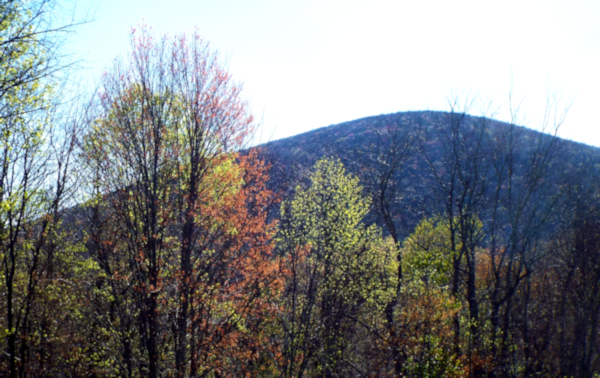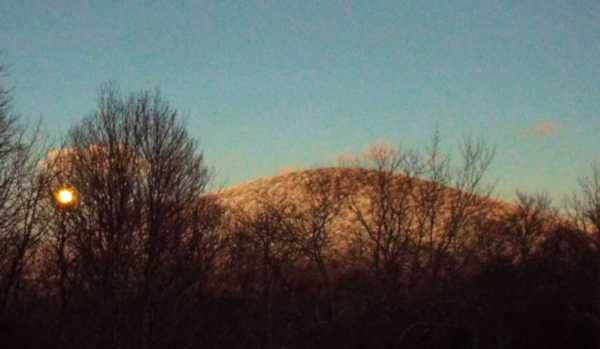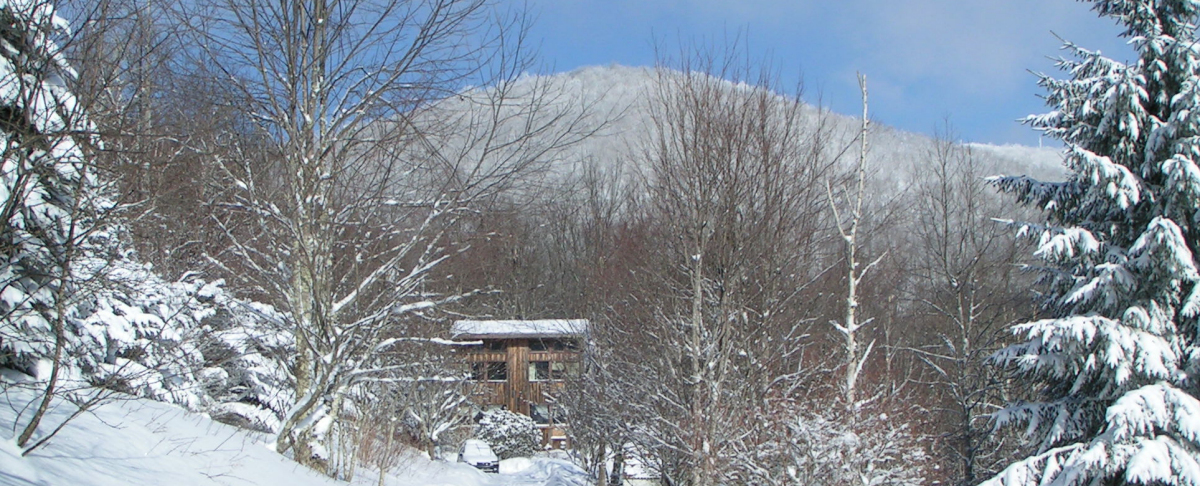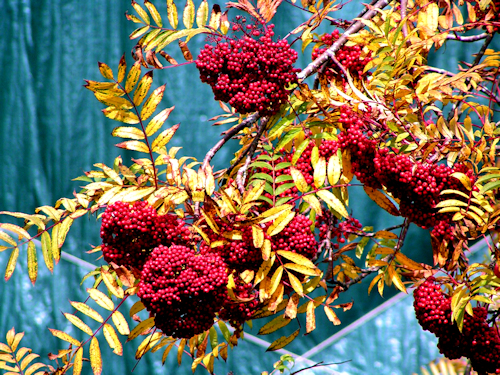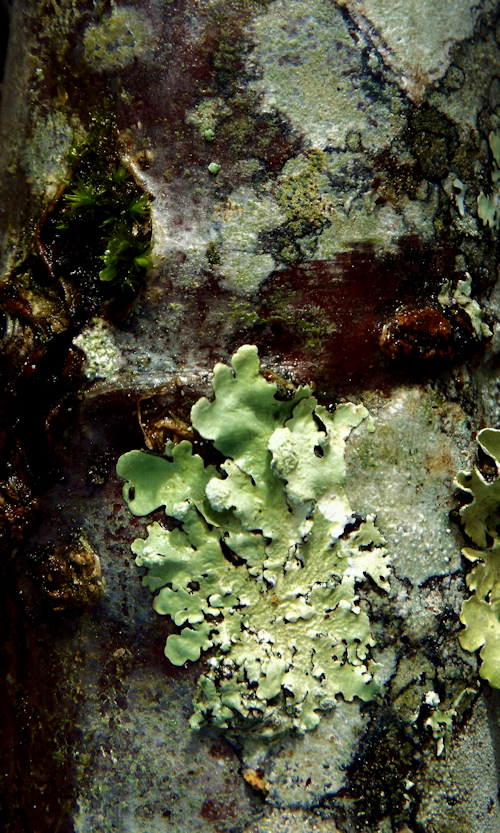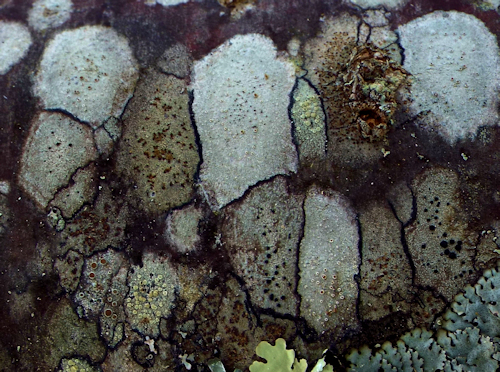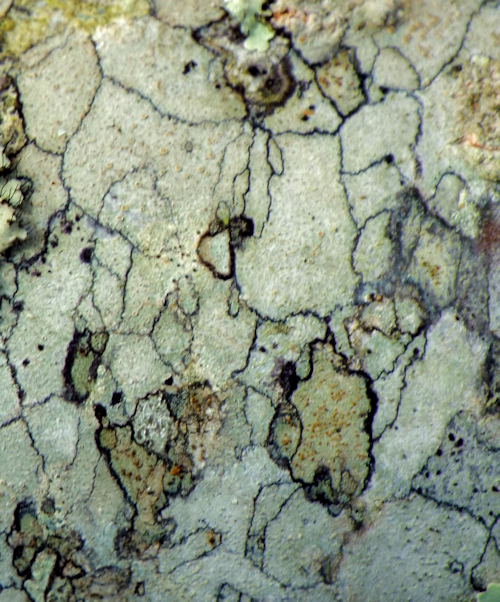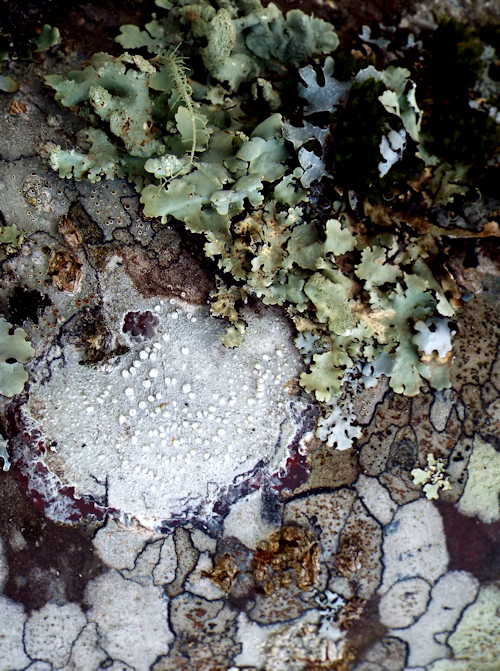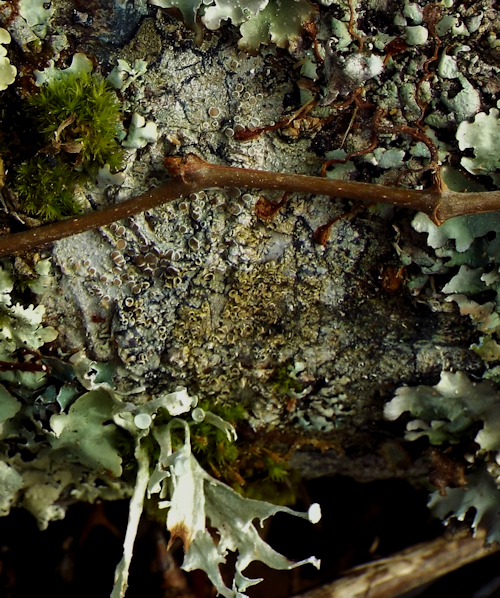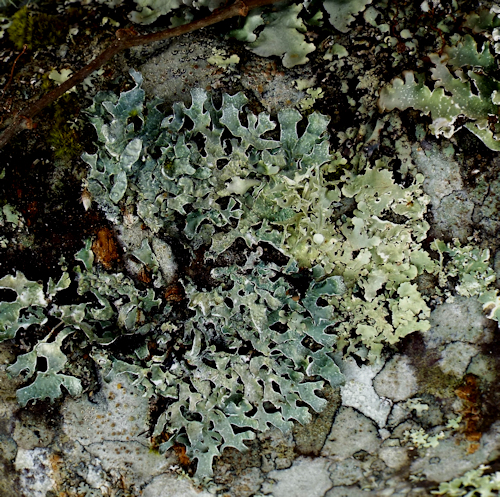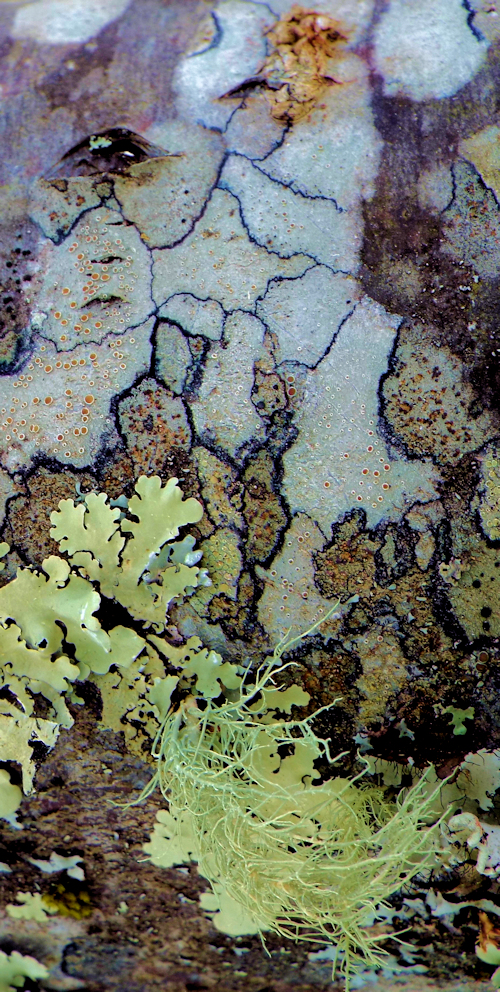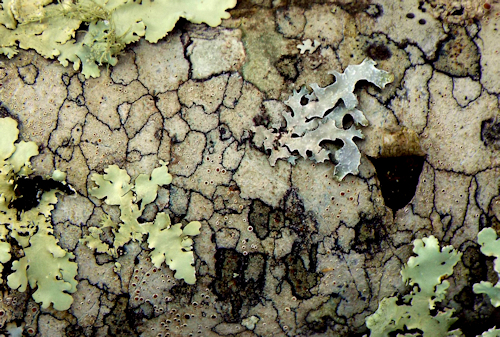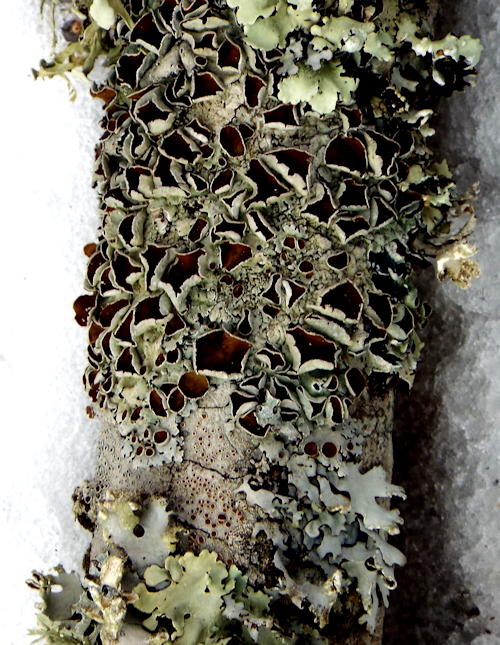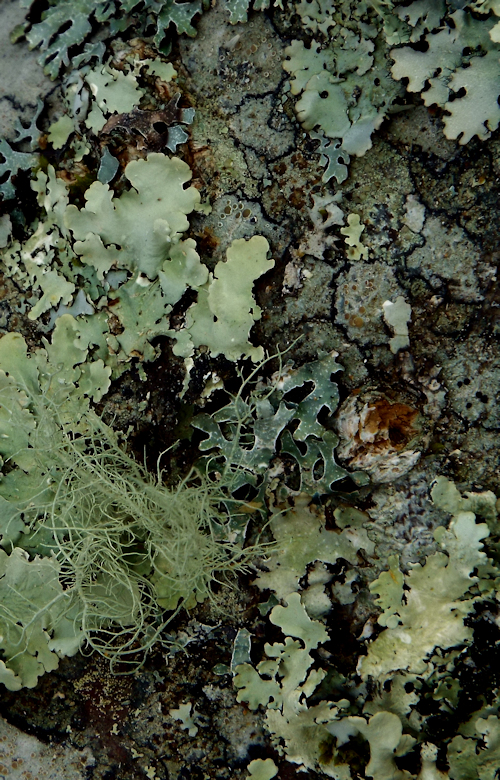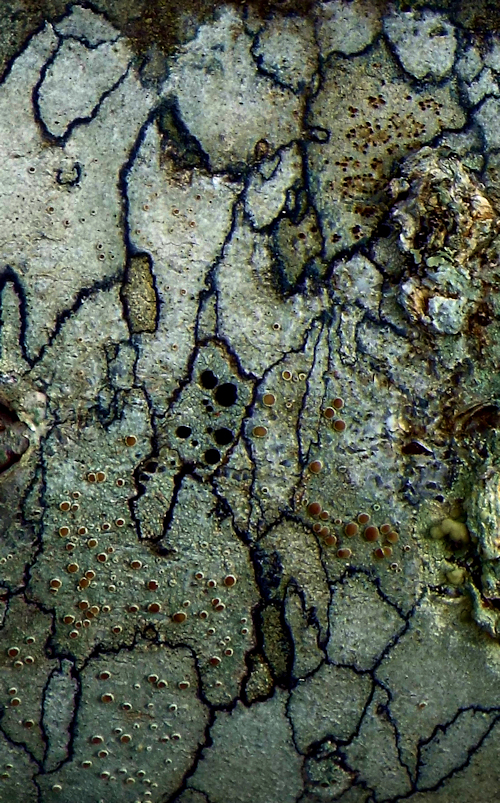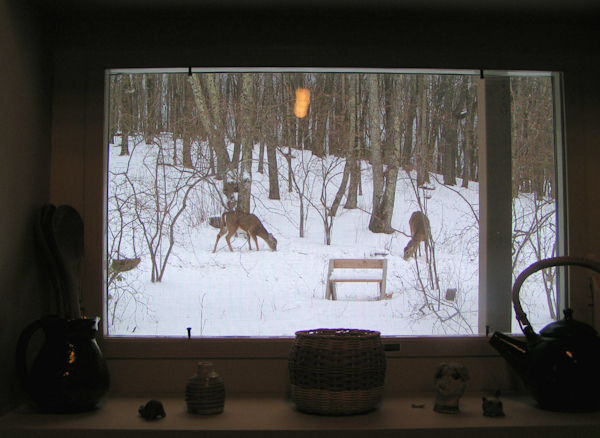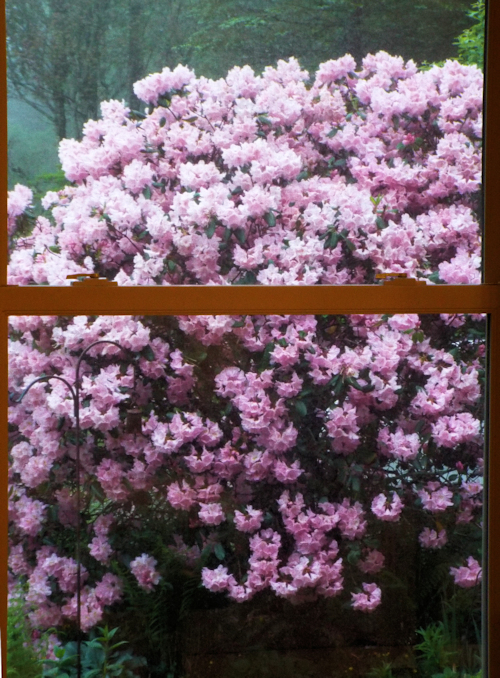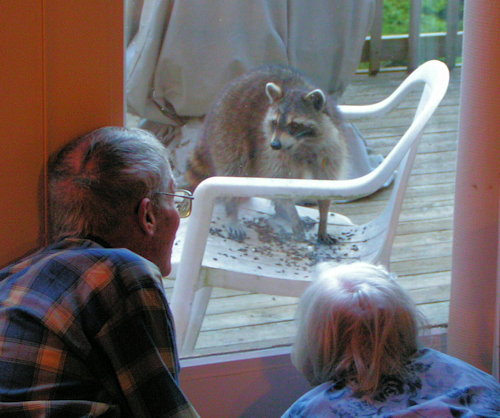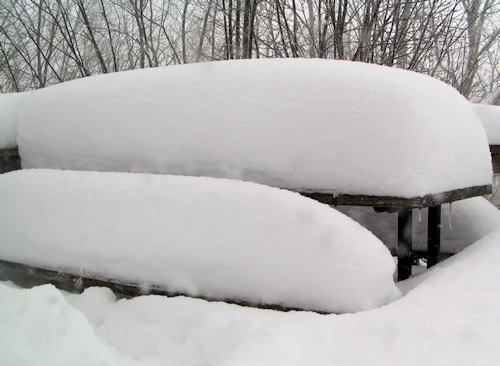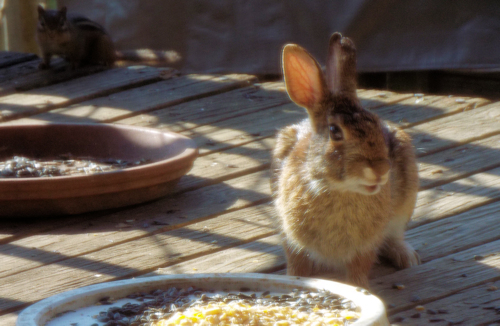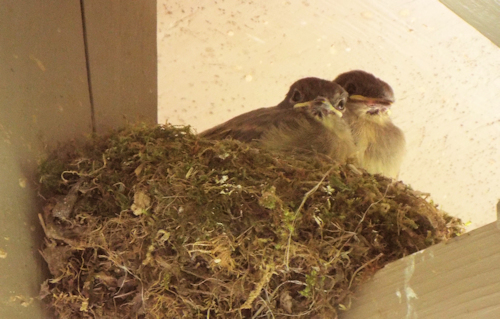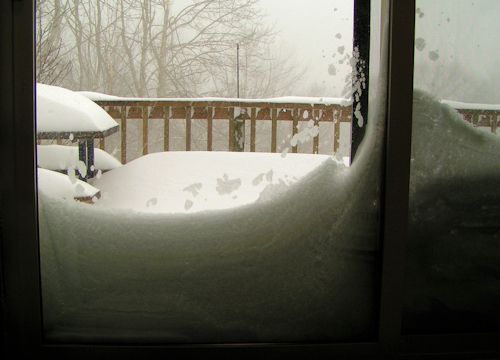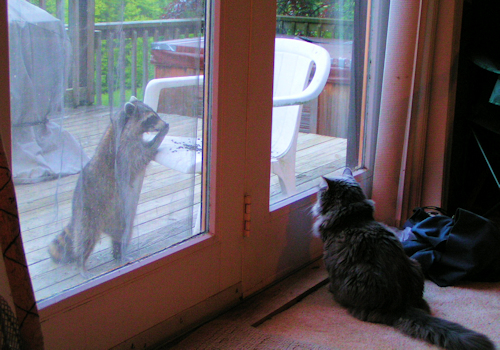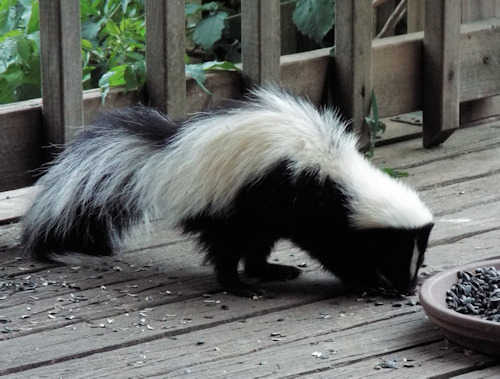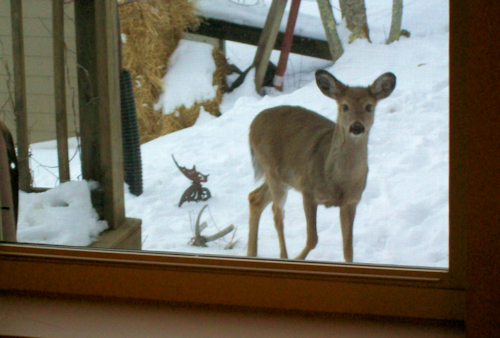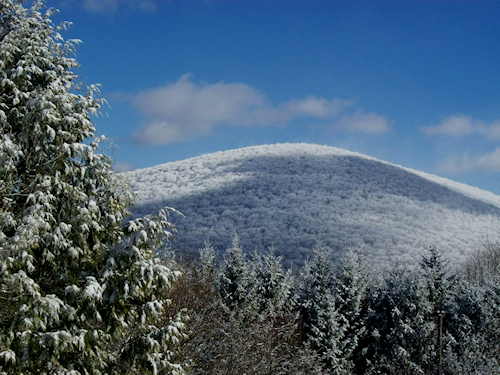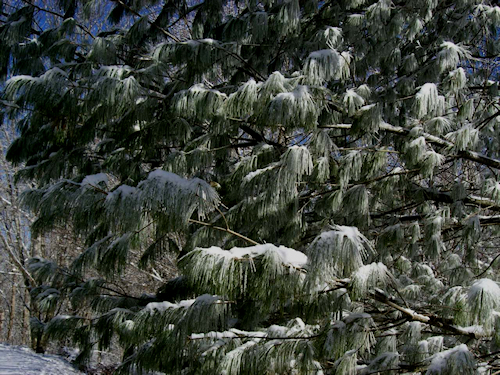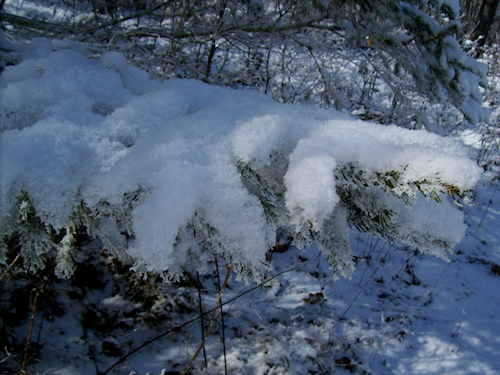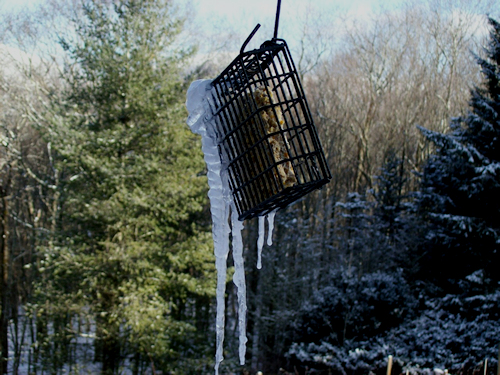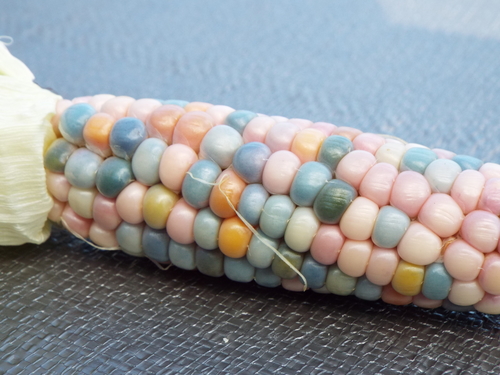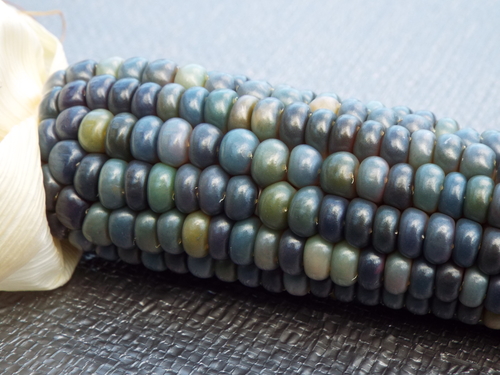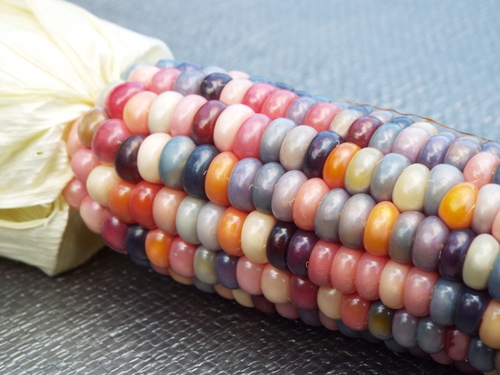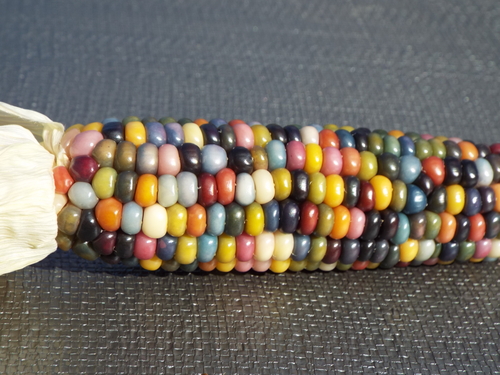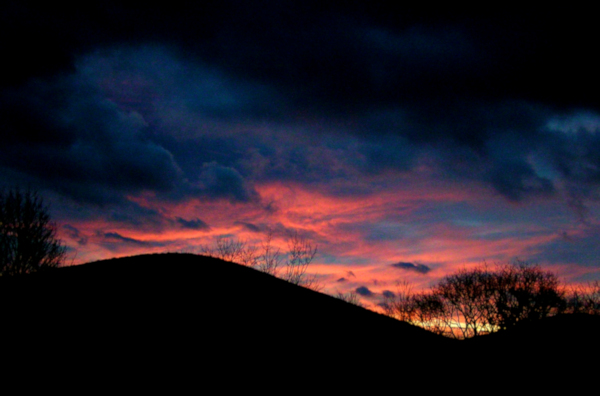
I love coming home to our place here on the mountain. Whether I’ve simply been to town for a few hours or have been away for several weeks on an extended trip, I feel joy as I get closer. The familiar shapes of the mountains silhouetted against the sky tell me I’m almost there. The house appears as I crest the final curve in our drive and I’m home.
We had similar feelings of delight when we first stepped onto this land almost forty years ago. We had come to North Carolina searching for property for what we hoped would become our forever home. None of the places we saw during the week we had available for our search were quite what we wanted. Before we packed and headed back to Kentucky, the realtor thought of one more place to show us. We came and looked and knew: this would be our home. As in the John Denver song we had listened to and thought about for several years, the country road did indeed “take me home to the place I belong”.
We have now lived the biggest part of our lives on this homeplace. We’ve worked and played, built and rebuilt, struggled and rejoiced, reared our children and sent them off into the world, and done so many other things. So many of our most memorable experiences have occurred here. All are attached to this place on our mountainside.
The events which have happened here and the memories associated with them have become bound up with the place itself. They give a history to this place. They make this spot come alive for me. I feel sure other people have experiences similar to mine. When we are in places where significant events have occurred, see images of those places, or even think of them, memories are stirred. Sometimes our recollections may rise into our consciousness; sometimes there may simply be a subconscious feeling that this place is important—something special happened here. I wonder whether in some unknown way the history and our memories and feelings become attached to the physical places themselves. Is there a memory within the place? Is it possible that a sensitive person coming to such a place might be able to sense those feelings and memories and tap into the history attached to the place.
Some years after we moved here we got involved in genealogical research. We started learning more about our ancestors: who they were, where they lived, what their lives were like. My parents’ families had lived in Georgia for generations. My parents moved to South Carolina after they married and that is where I grew up. Contrary to what the family might have believed, I discovered that my dad’s ancestors had not always lived in Georgia. In fact some of them had lived in North Carolina before heading further south. Over two hundred years ago a fifth great aunt of mine (the sister of my fourth great grandmother) lived less than three miles from our current homeplace on the very road we travel when we go into town. The mountain we see less than a mile to our east bears her family name. Perhaps even my fourth great grandparents visited them here as they were traveling to settle in Georgia.
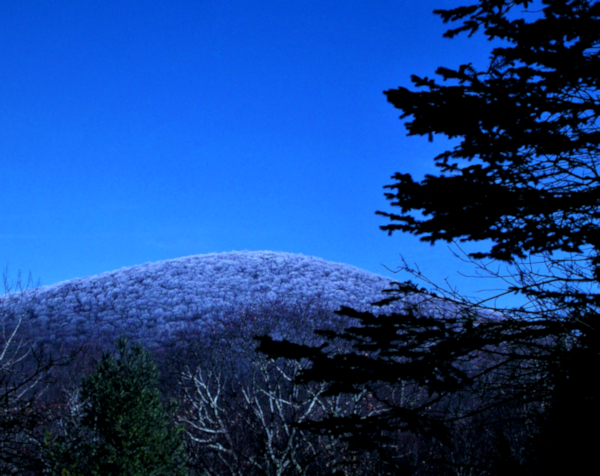
Harmon Knob: named for my ancestors’ family over 200 years ago
Did the history attached to this place help to draw me here. I certainly wasn’t aware of that attraction at the time and don’t suppose I can ever know for sure. But I’d like to believe it did. I’ve sensed before a sort of communication over time and space. It’s similar to the communication which occurs when experiencing the works of writers, artists, philosophers, mystics, and others who lived in earlier times. Something touches us in those moments of contact and says, “This is something special. Pay attention”.
The soil, rocks, plants, and animals are all part of our land. We become part of the land as well if we allow ourselves to truly connect with it. I have become a part of this place as surely as it has become a part of me. Someday I expect to physically become part of the mountainside as my ashes are allowed to mix into the soil. I will have become part of the history of this place. Home. It’s always a good place to be.
A couple more photos of Harmon Knob at various times and seasons
